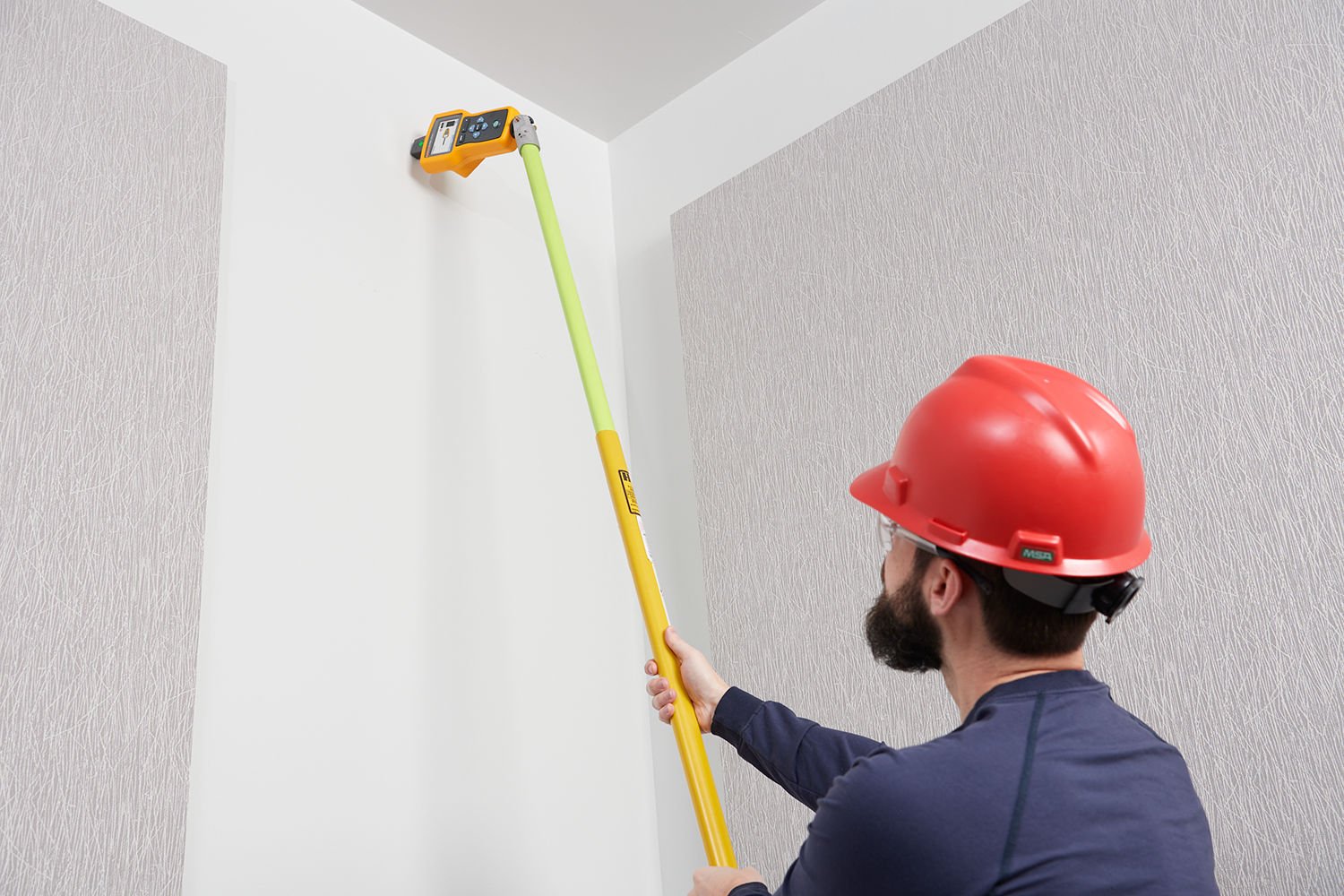

Articles
How To Find Electrical Wire In Wall
Modified: August 16, 2024
Discover expert articles on how to locate electrical wire inside walls. Gain valuable insights and tips from professionals in the field to ensure safe and accurate wire detection.
(Many of the links in this article redirect to a specific reviewed product. Your purchase of these products through affiliate links helps to generate commission for Storables.com, at no extra cost. Learn more)
Introduction
Electrical wiring is an essential component of any building, providing the necessary power to keep our homes and offices running smoothly. However, there may be times when you need to find electrical wires hidden within walls. This could be for various reasons, such as installing new electrical outlets, repairing faulty wiring, or even just conducting a home renovation project.
Locating electrical wires in walls can be a challenging task, as they are usually concealed behind drywall and other building materials. Accidentally damaging these wires during the process can not only be dangerous but also expensive to repair. Therefore, it’s crucial to have the right methods and tools at your disposal to safely and accurately locate electrical wires in the wall.
In this article, we will explore several methods to help you find electrical wires in walls. From visual inspection to using specialized tools like stud finders, circuit breaker finders, and wire tracers, we will cover different techniques that can make your task easier and more efficient.
Before we dive into the specific methods, it’s important to note that safety should always be a top priority when dealing with electrical wiring. If you’re unsure or uncomfortable with any of the processes, it’s best to consult a professional electrician to ensure the work is done correctly and without any risks.
Now, let’s explore the various methods that can assist you in locating electrical wires within walls.
Key Takeaways:
- Use visual inspection, stud finders, circuit breaker finders, wire tracers, and listening for electrical sounds to locate hidden electrical wires in walls. Always prioritize safety and consider combining methods for accurate results.
- Prioritize safety and accuracy when locating electrical wires in walls. Choose the method that best fits your needs and seek professional assistance if unsure or uncomfortable with any techniques.
Read more: How To Find Broken Electrical Wire In Wall
Method 1: Visual Inspection
Visual inspection is the simplest and most basic method to locate electrical wires in walls. It involves carefully examining the walls, outlets, switches, and other visible areas for any signs of electrical wiring. While this method may not provide the most accurate results, it can give you a general idea of where the wires are likely to be located.
Here are some steps to follow for visual inspection:
- Turn off the power: Before you begin, ensure that the power to the area you’re inspecting is turned off. This will minimize the risk of electrical shocks or accidents.
- Inspect outlets and switches: Start by examining the outlets and switches on the walls. Remove the faceplates and inspect the wiring behind them. Look for any visible wires or cables that are connected to the outlets or switches.
- Follow wiring routes: Trace the visible wiring routes from the outlets and switches to see where they disappear into the walls. Pay attention to any areas where the wires seem to go vertically or horizontally, as this can indicate the presence of hidden wires.
- Look for electrical boxes and panels: Check the walls for electrical boxes or panels. These are typically used to house electrical connections and can give you an indication of where the wires might be running.
- Inspect visible conduits or pipes: In some cases, electrical wires may be housed in conduits or pipes that are visible on the walls. Look for any such conduits or pipes and follow their path to determine the potential location of the wires inside.
While visual inspection can provide a good starting point, it’s important to remember that not all electrical wires will be visible. Many wires are concealed behind the walls and require additional methods or tools to locate them accurately.
This method is more suitable for situations where you need a general idea of where the electrical wires are located, and you don’t have access to specialized tools. However, for more precise and reliable results, it’s recommended to combine visual inspection with other methods discussed in this article.
Method 2: Using a Stud Finder
A stud finder is a handy tool commonly used for detecting studs or beams behind walls. However, it can also be used to locate electrical wires within the wall. Stud finders work by detecting changes in density, such as the presence of wooden studs, metal pipes, or electrical wires.
Here’s how to use a stud finder to locate electrical wires:
- Select the right type of stud finder: There are two types of stud finders – magnetic and electronic. Magnetic stud finders locate metal objects, while electronic stud finders detect changes in density. For finding electrical wires, an electronic stud finder is more suitable.
- Calibrate the stud finder: Follow the instructions provided by the manufacturer to calibrate the stud finder according to the specific wall material you are dealing with (e.g., drywall, plaster, etc.).
- Place the stud finder on the wall: Hold the stud finder against the wall and move it horizontally across the surface. Start from an area where you believe there may be electrical wires present.
- Look for electrical wire indicators: As you move the stud finder, it will indicate the presence of electrical wiring by either beeping, displaying a light, or showing a different reading on the screen. Take note of these indications.
- Mark the spots: Once you detect the presence of electrical wires, use a pencil or tape to mark the spots on the wall. This will help you keep track of the locations and avoid accidentally damaging the wires when working on the wall.
It’s important to keep in mind that stud finders are not foolproof and may provide false positives or negatives. Therefore, it’s recommended to cross-verify the results obtained from the stud finder with other methods, such as visual inspection or using specialized electrical tools.
Using a stud finder can be a reliable and efficient method for locating electrical wires in the wall, especially when combined with other techniques. However, if you’re unsure or uncomfortable using a stud finder, it’s best to seek professional assistance.
Method 3: Using a Circuit Breaker Finder
Another effective method to locate electrical wires in walls is by using a circuit breaker finder. This tool helps identify which circuit breaker controls a specific electrical outlet or switch, allowing you to trace the path of the wires.
Here’s how to use a circuit breaker finder to locate electrical wires:
- Prepare the circuit breaker finder: Read and follow the instructions provided by the manufacturer to set up the circuit breaker finder. This typically involves connecting the receiver to a power source and turning it on.
- Turn off the power: Before proceeding, turn off the power to the area you’re working on by flipping the corresponding circuit breaker switch in the main electrical panel.
- Plug the transmitter into the outlet or switch: Insert the transmitter of the circuit breaker finder into the outlet or unscrew the switch cover and attach the transmitter leads to the switch terminals.
- Locate the correct circuit breaker: Move through the circuit breaker panel or fuse box while holding the receiver of the circuit breaker finder. As you approach the breaker that controls the outlet or switch, the receiver should alert you either audibly or visually.
- Mark the circuit breaker: Once you’ve identified the correct circuit breaker, mark it with a label or tape to prevent confusion in the future.
By using a circuit breaker finder, you can effectively trace the path of the electrical wires back to the main electrical panel. However, keep in mind that this method may not be suitable for situations where multiple wires are connected to the same circuit breaker. In such cases, additional methods, such as visual inspection or wire tracing, may be necessary.
Always exercise caution and follow safety protocols, including turning off the power before working with electrical components. If you’re unfamiliar or uncomfortable with using a circuit breaker finder, it’s best to consult a professional electrician.
Use a stud finder with a built-in electrical wire detector to locate wires in the wall. Move the stud finder slowly and carefully to ensure accurate results.
Method 4: Using a Wire Tracer
A wire tracer, also known as a tone generator and probe, is a specialized tool designed to accurately locate electrical wires within walls. It works by inducing a signal onto the wires, which can then be traced using a probe to pinpoint their exact location.
Here’s how to use a wire tracer to locate electrical wires:
- Prepare the wire tracer: Read and understand the instructions provided by the manufacturer to set up the wire tracer. This usually involves connecting the transmitter to the wire you want to trace and turning it on.
- Tone the wire: With the transmitter connected to the wire, activate the tone generator function. This will send a signal through the wire, which can be detected using the probe.
- Trace the wire: Hold the probe near the wall and move it along the surface, following the path of the wire. The probe will emit an audible or visual signal when it detects the signal from the wire, helping you locate its exact position.
- Mark the wire: Once you’ve identified the location of the wire, use a pencil or tape to mark the spot on the wall. This will allow you to easily reference it when needed.
A wire tracer is a reliable and accurate method for locating electrical wires in walls. However, it’s important to note that this tool may require some practice and familiarity to use effectively. Additionally, wire tracers work best when the wires are not damaged and have a continuous connection.
If you’re unsure or uncomfortable using a wire tracer, it’s advisable to consult a professional electrician who has the expertise and experience to safely and accurately locate electrical wires within walls.
Read more: How To Extend Electrical Wire In Wall
Method 5: Listening for Electrical Sounds
Listening for electrical sounds is a unique method that can help you locate electrical wires within walls by relying on auditory cues. This technique involves identifying specific noises or electrical signals generated by wires that can give you an indication of their presence.
Here’s how to use the listening method to locate electrical wires:
- Prepare the environment: Start by turning off any appliances or electronic devices that may generate their own sounds, as this can make it more difficult to isolate the electrical noises.
- Get close to the walls: Stand near the wall where you suspect electrical wires may be located. Put your ear against the wall or use a stethoscope to listen for any faint buzzing, humming, or crackling sounds.
- Move along the wall: Slowly move along the wall, listening for any changes in sound. Pay attention to areas where the sounds become louder or more distinct, as this can indicate the presence of wiring.
- Mark the spots: When you hear unusual sounds, use a pencil or tape to mark the spots on the wall. This will help you remember the locations for future reference.
It’s important to note that this method is more suitable for detecting live electrical wires or circuits with current flowing through them. However, it may not be effective for identifying wires that are not energized or have no electrical load.
Listening for electrical sounds requires a keen ear and good environmental conditions, such as a quiet room. If you’re unsure about the sounds you’re hearing or uncomfortable relying solely on this method, it’s best to seek professional assistance to ensure accurate results and minimize any potential risks.
Combining this method with other techniques, such as visual inspection or using specialized tools, can provide a more comprehensive and accurate assessment of the location of electrical wires within walls.
Conclusion
Locating electrical wires hidden within walls can be a challenging task, but with the right methods and tools, it becomes much easier and safer. In this article, we explored five different methods to help you find electrical wires in walls: visual inspection, using a stud finder, utilizing a circuit breaker finder, employing a wire tracer, and listening for electrical sounds.
Visual inspection serves as a fundamental method to get a general idea of where electrical wires may be located. It involves examining outlets, switches, and visible wiring routes. While it may not provide the most accurate results, it can be a good starting point.
A stud finder is a useful tool to detect changes in density and locate electrical wires. By scanning the walls, you can pinpoint areas where wiring may exist, especially when combined with visual inspection.
A circuit breaker finder helps identify the specific circuit breaker controlling an outlet or switch. By marking the breaker, you can trace the path of the wires back to the electrical panel.
A wire tracer, on the other hand, is a specialized tool that allows you to send a signal through the wire and trace its path using a probe. This method offers accuracy in locating wires, but it may require practice to use effectively.
Listening for electrical sounds is a unique method that relies on auditory cues to identify the presence of electrical wires. While it may not be applicable in all situations or for non-energized wires, it can be a valuable technique when combined with other methods.
Each method has its advantages and may be more suitable for specific scenarios. It’s important to choose the method that best fits your needs, taking into account factors such as accessibility, accuracy, and personal comfort level.
Regardless of the method you choose, always prioritize safety. Ensure the power is turned off before working with electrical components and seek professional assistance if you’re unsure or uncomfortable with any of the techniques.
By utilizing these methods and tools, you can confidently locate electrical wires within walls, whether for installation, repair, or renovation purposes. Remember, accuracy and caution are key to successfully completing your electrical projects while maintaining safety at all times.
Frequently Asked Questions about How To Find Electrical Wire In Wall
Was this page helpful?
At Storables.com, we guarantee accurate and reliable information. Our content, validated by Expert Board Contributors, is crafted following stringent Editorial Policies. We're committed to providing you with well-researched, expert-backed insights for all your informational needs.
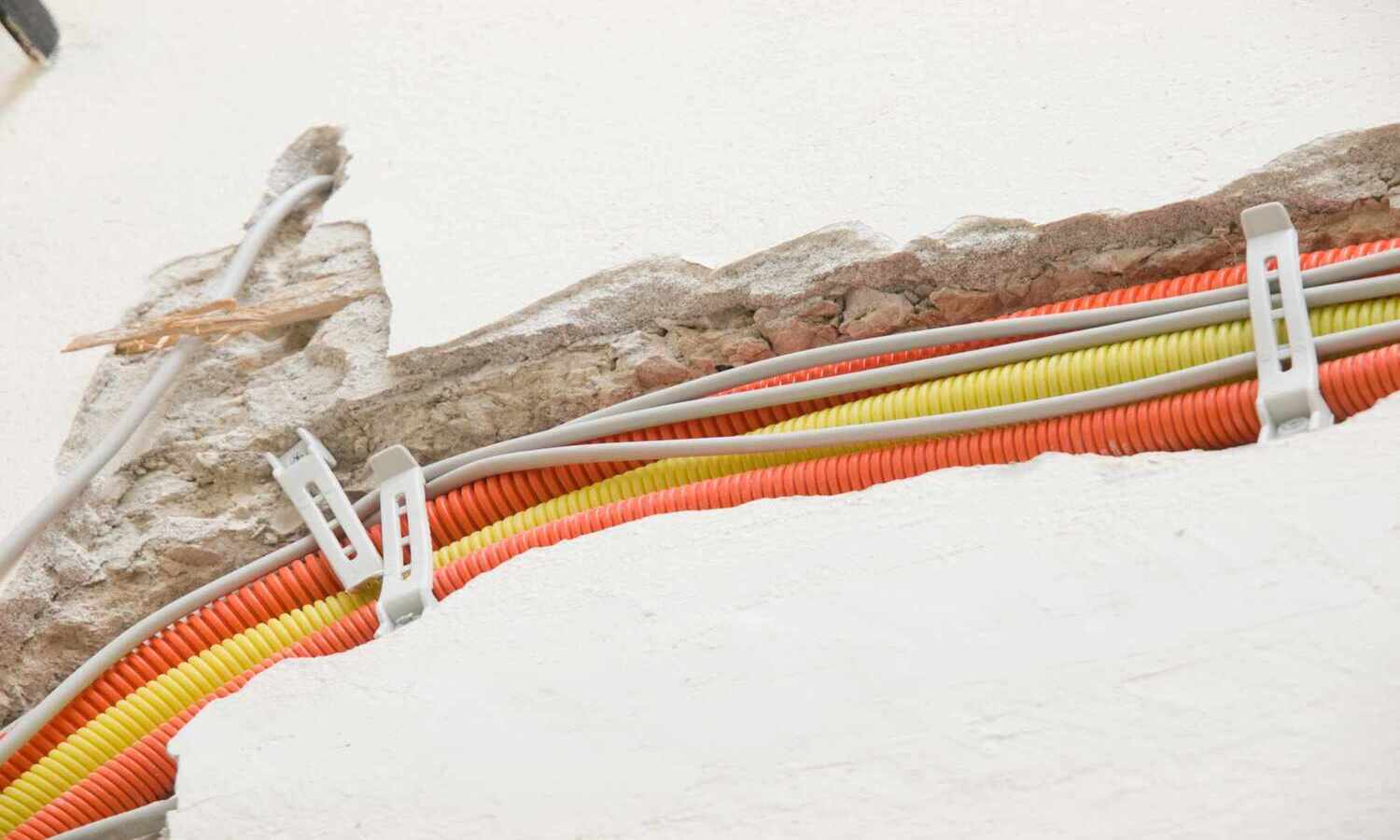
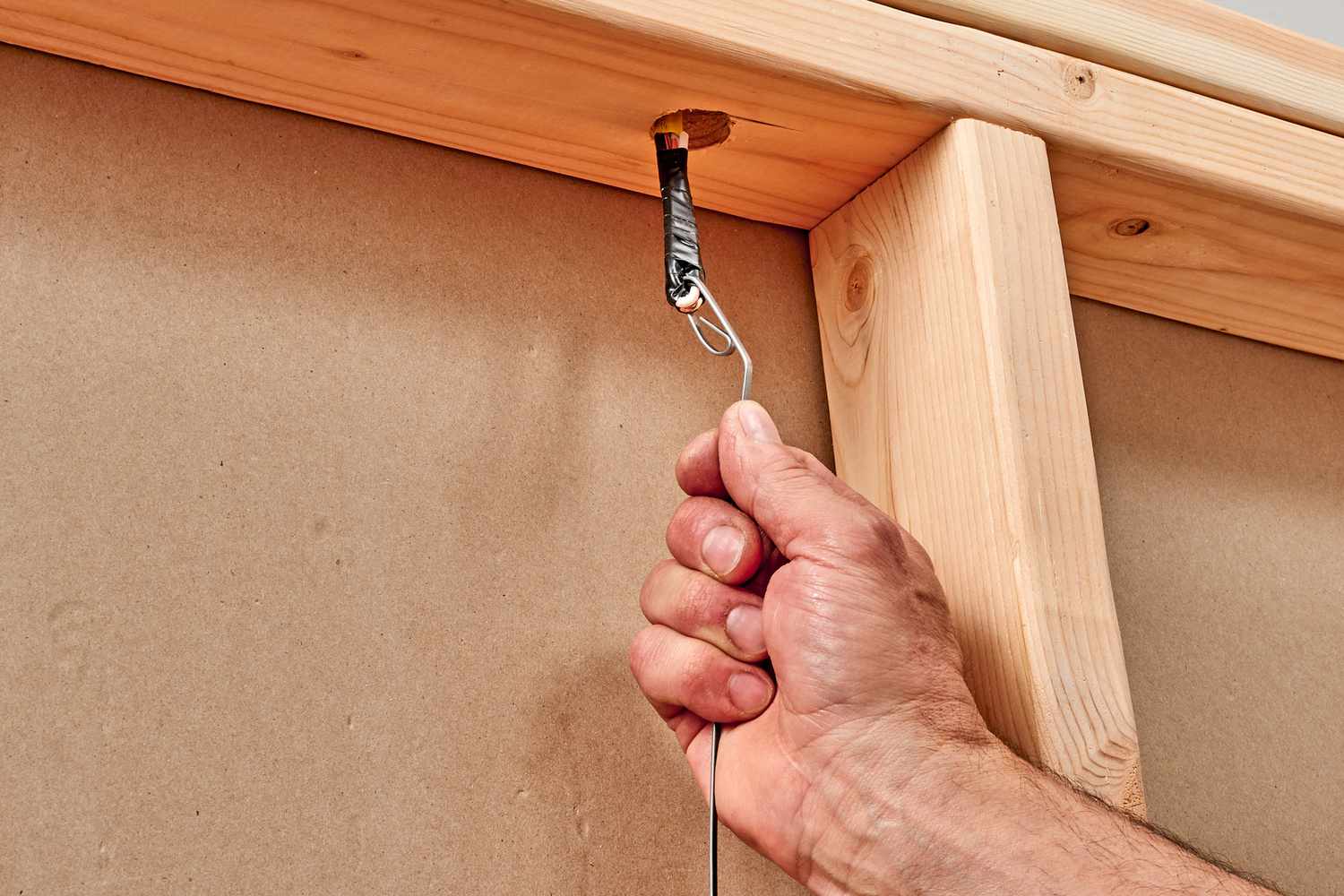
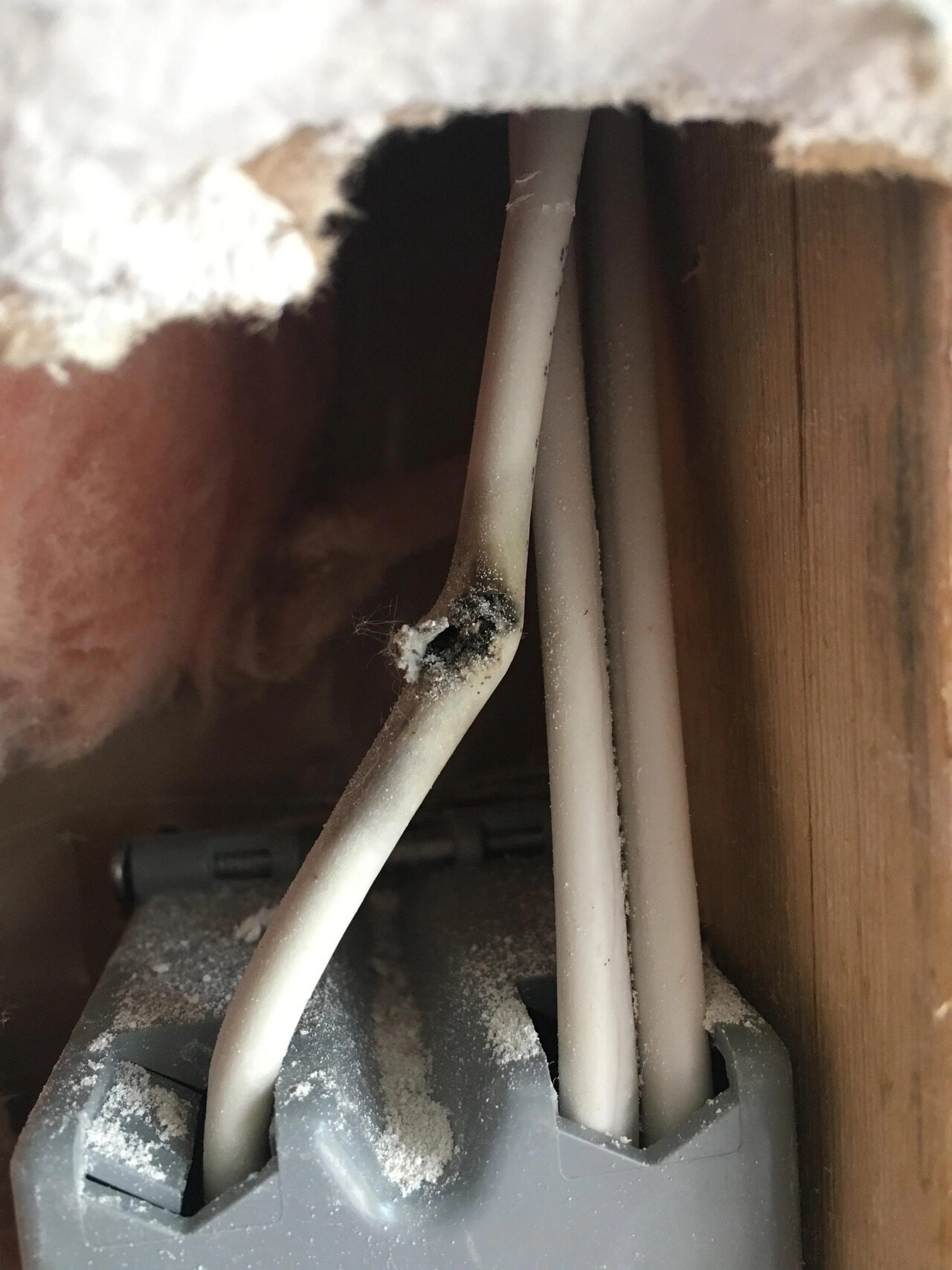
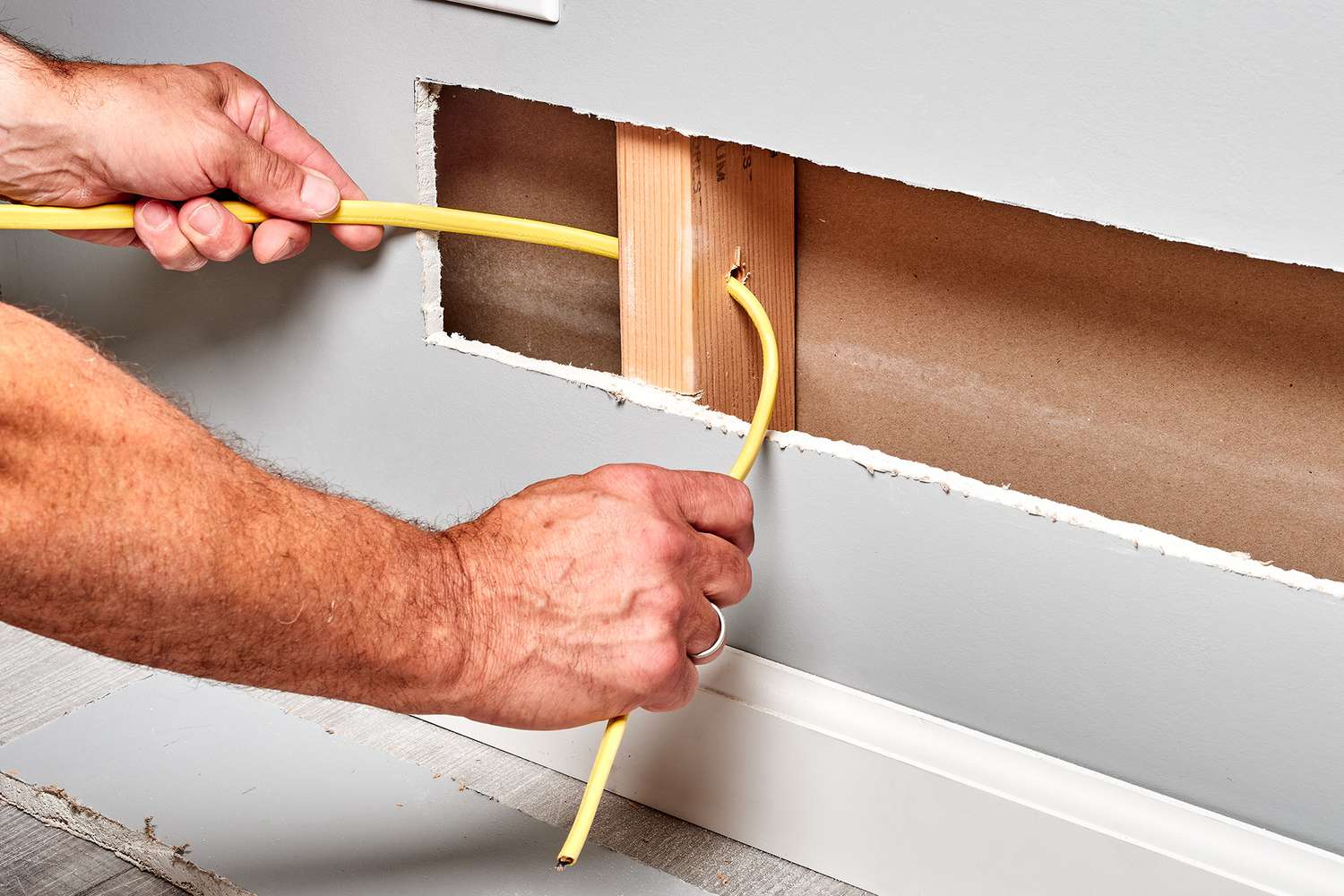

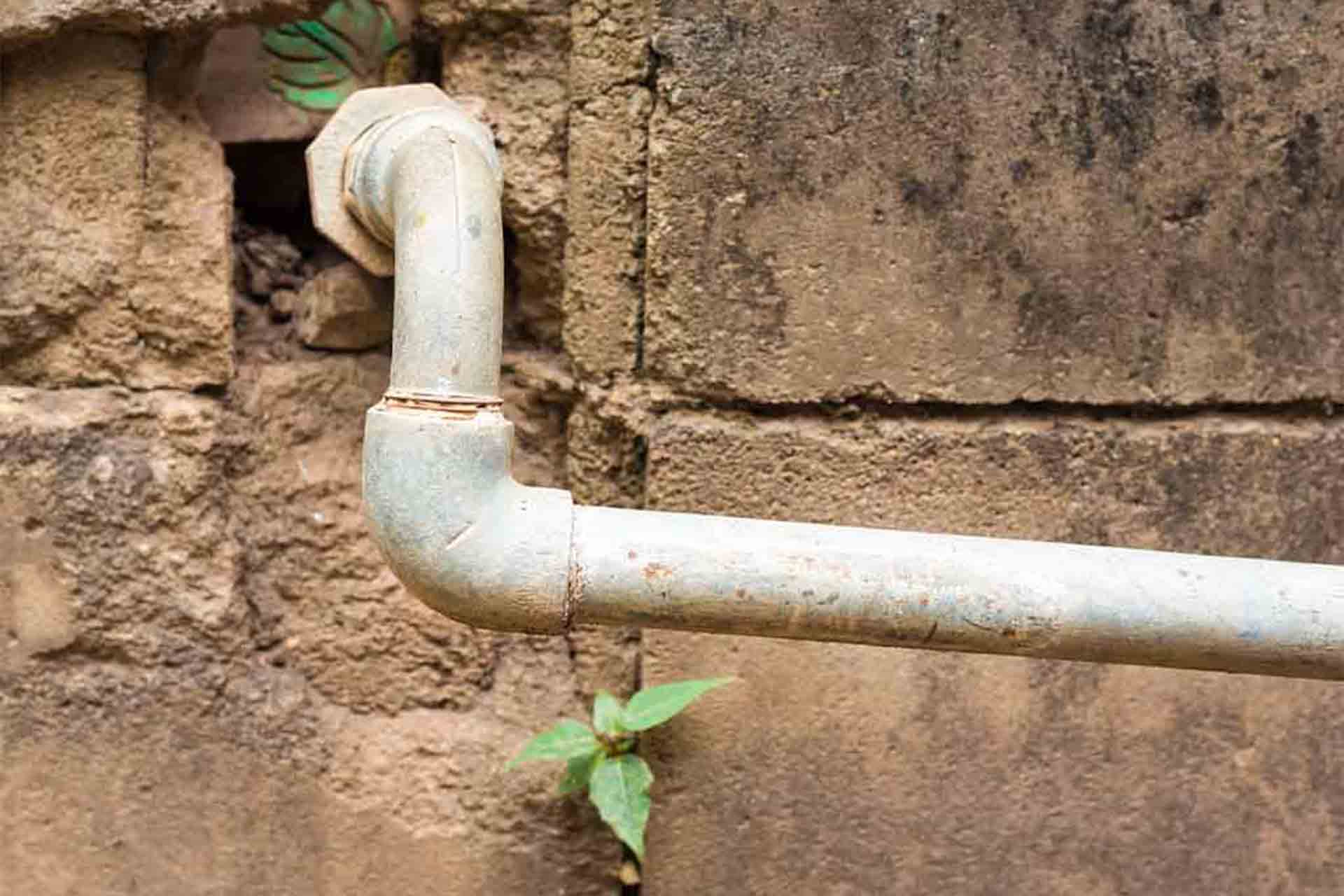
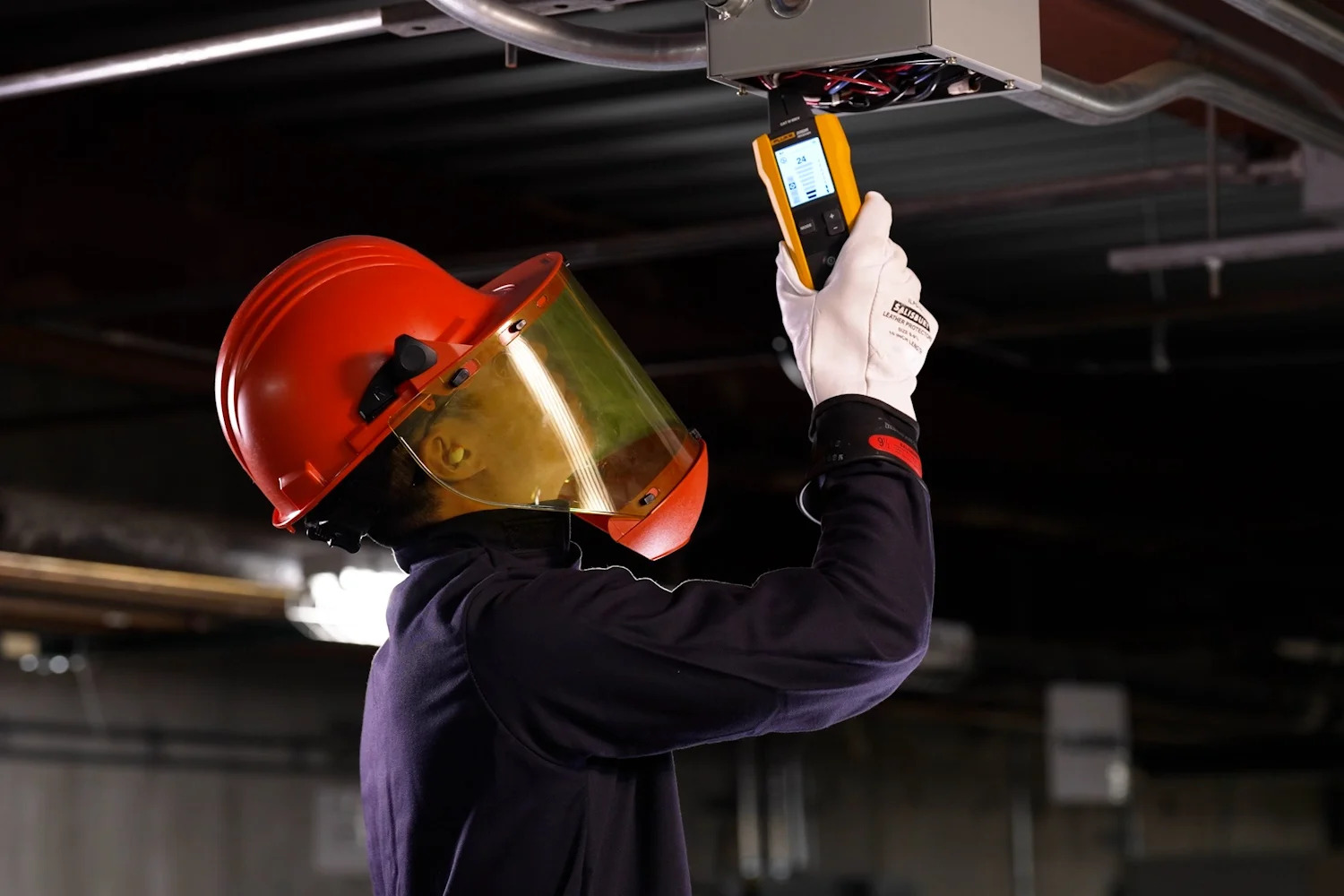
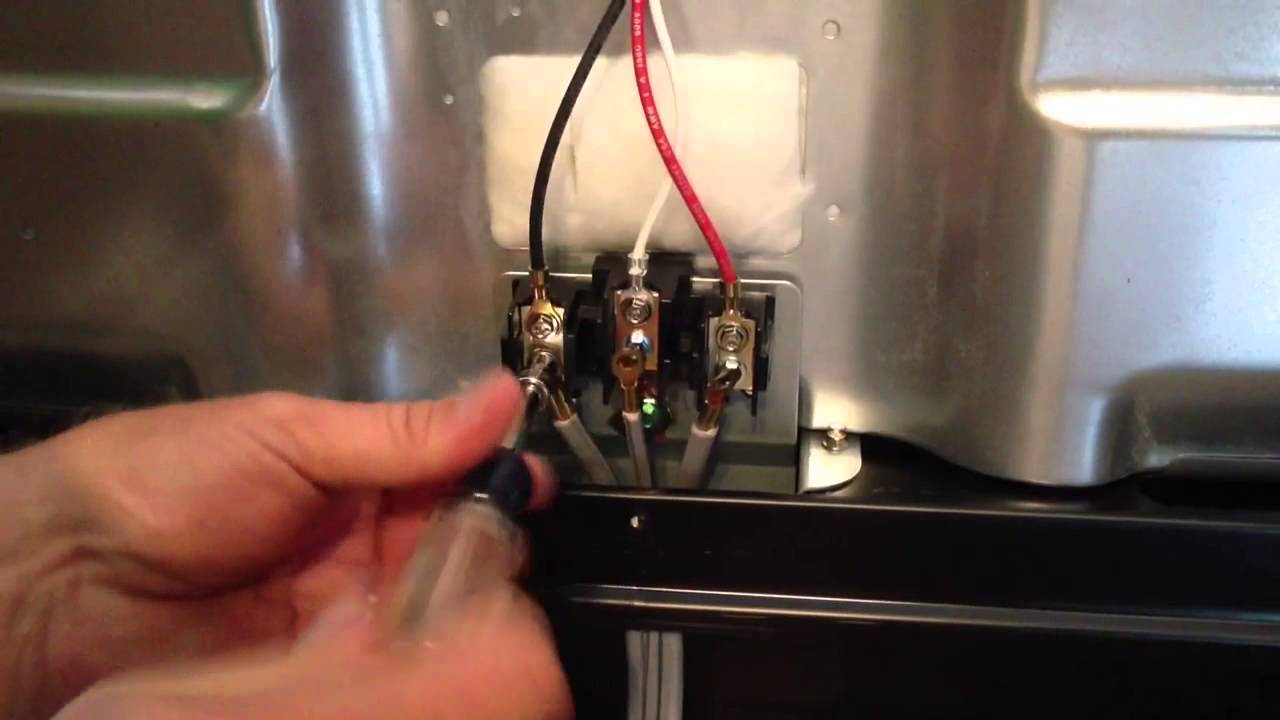
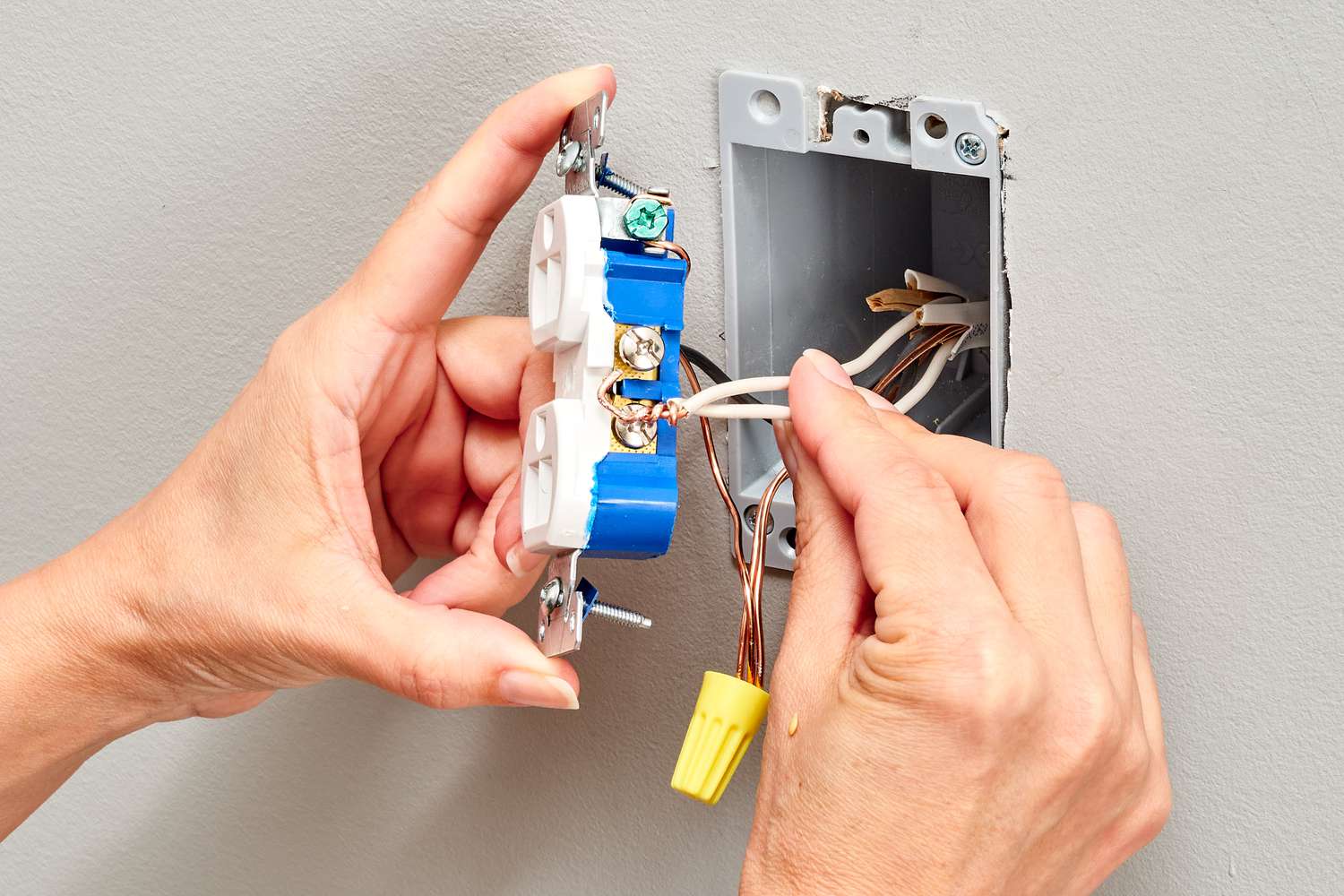
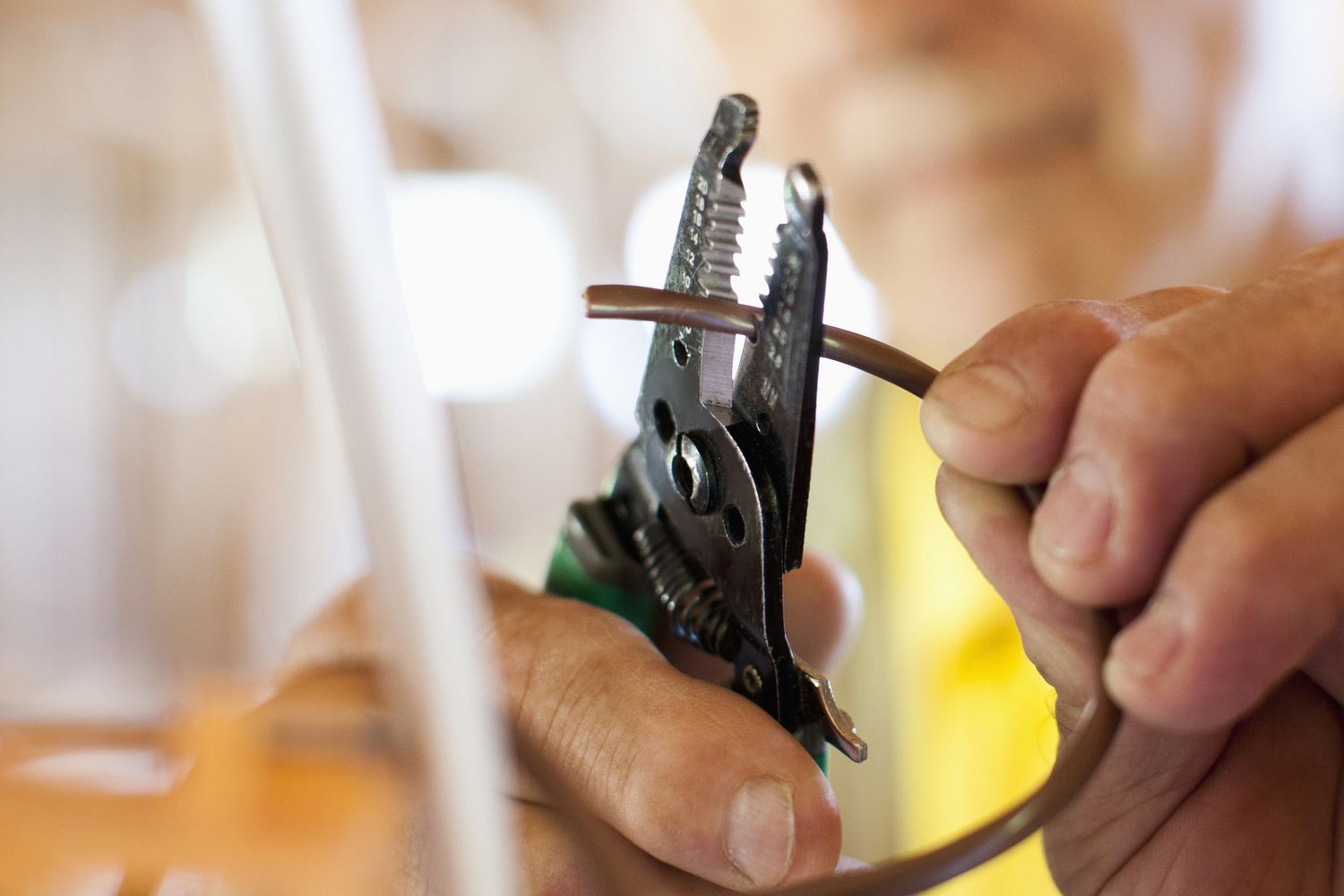
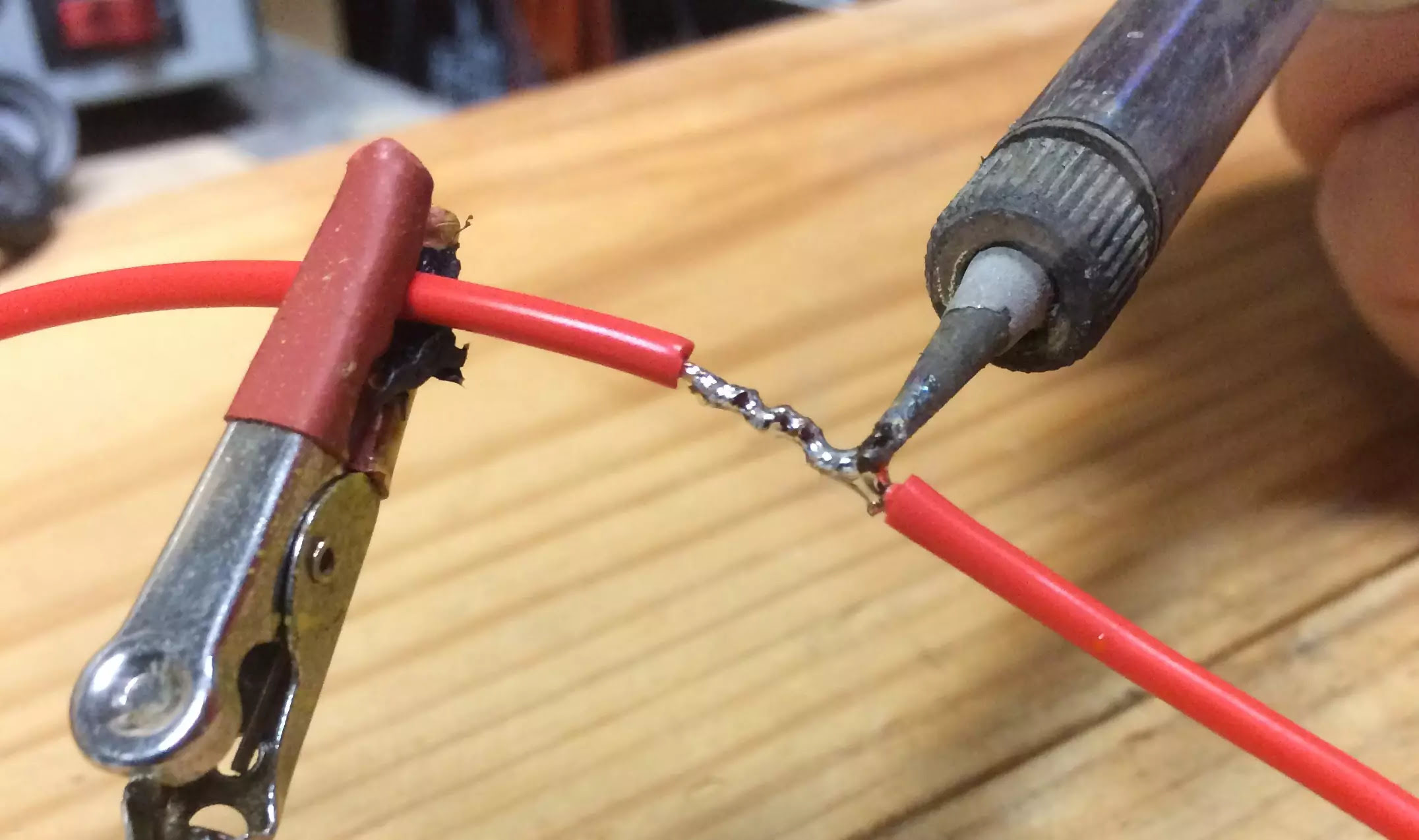
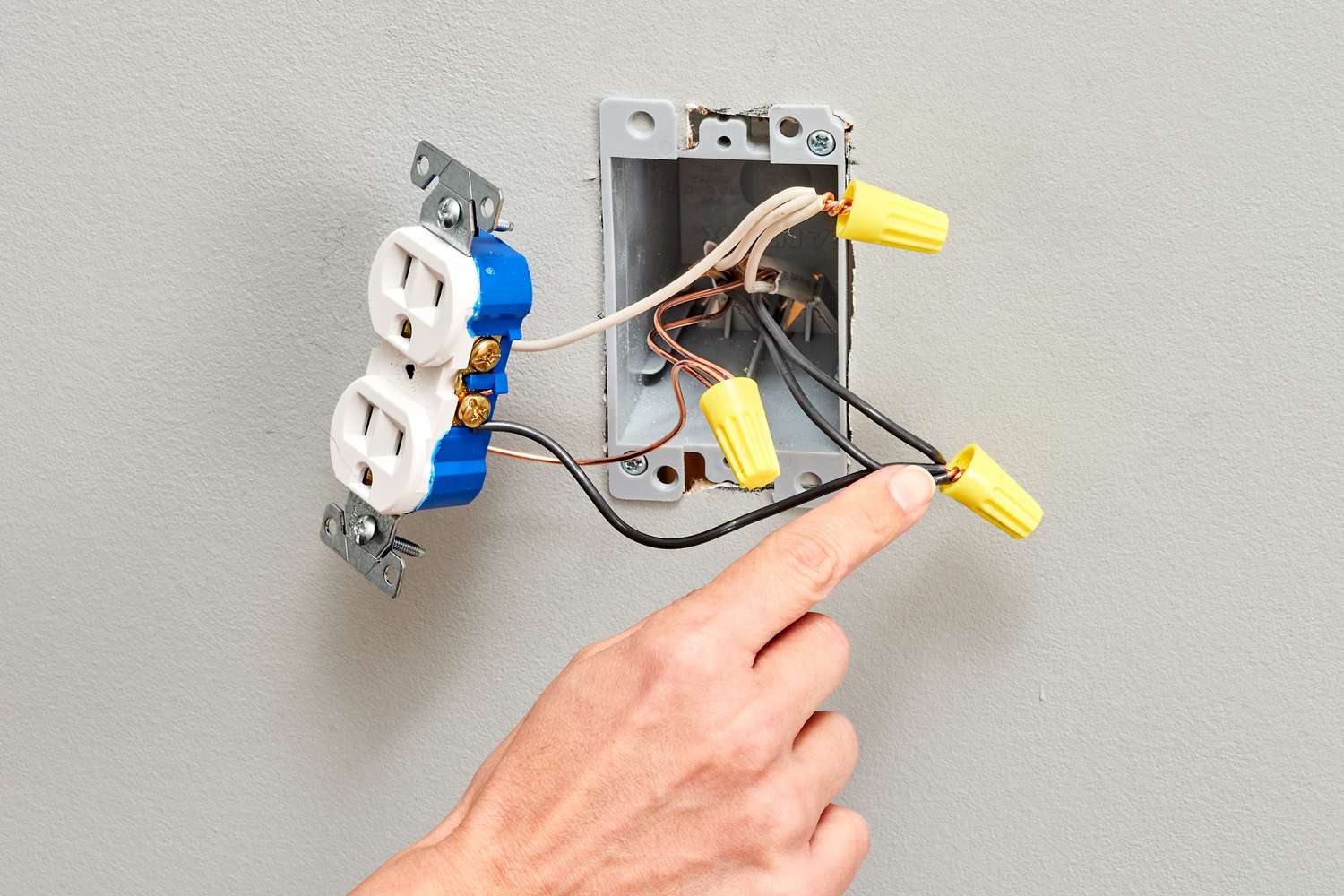
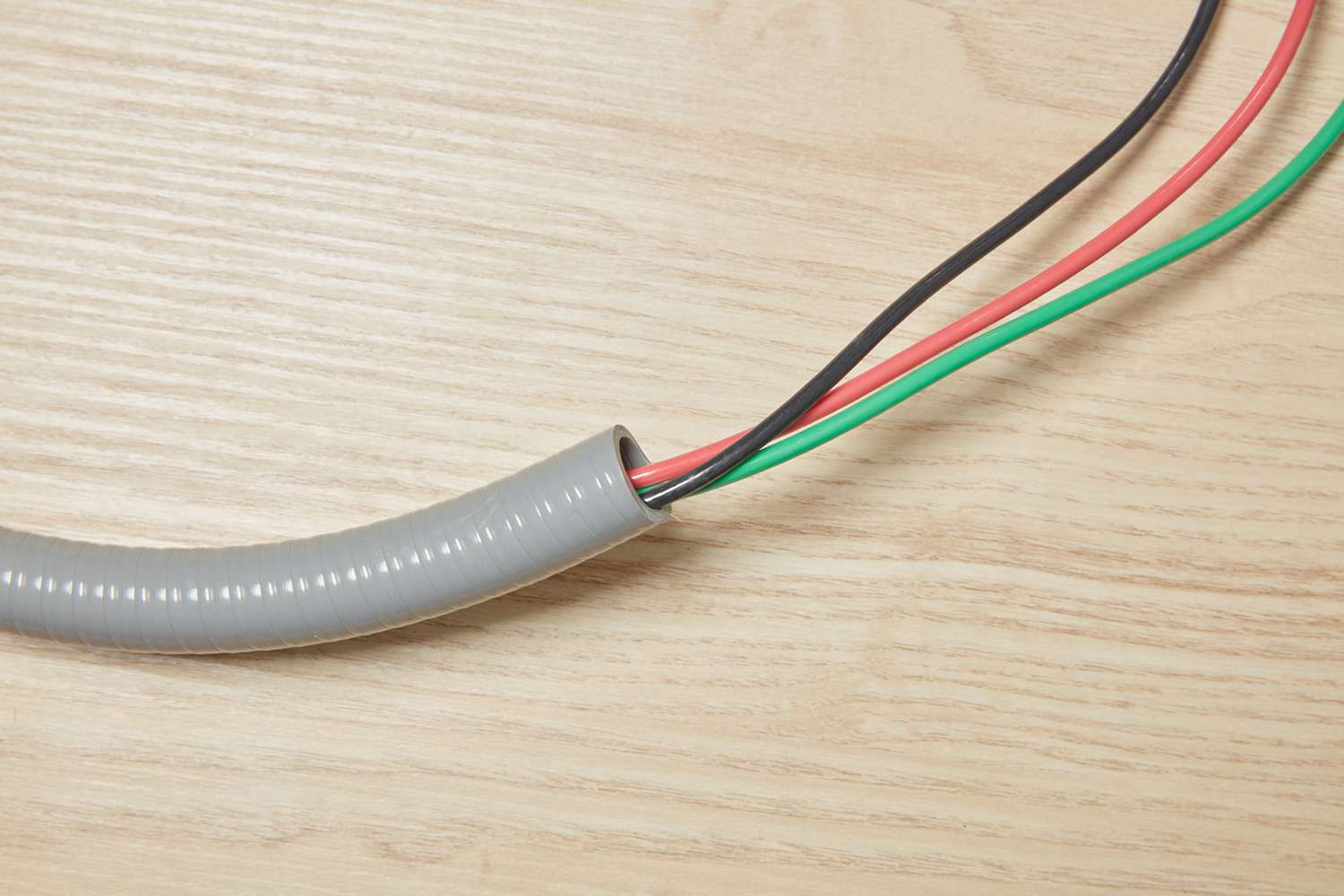
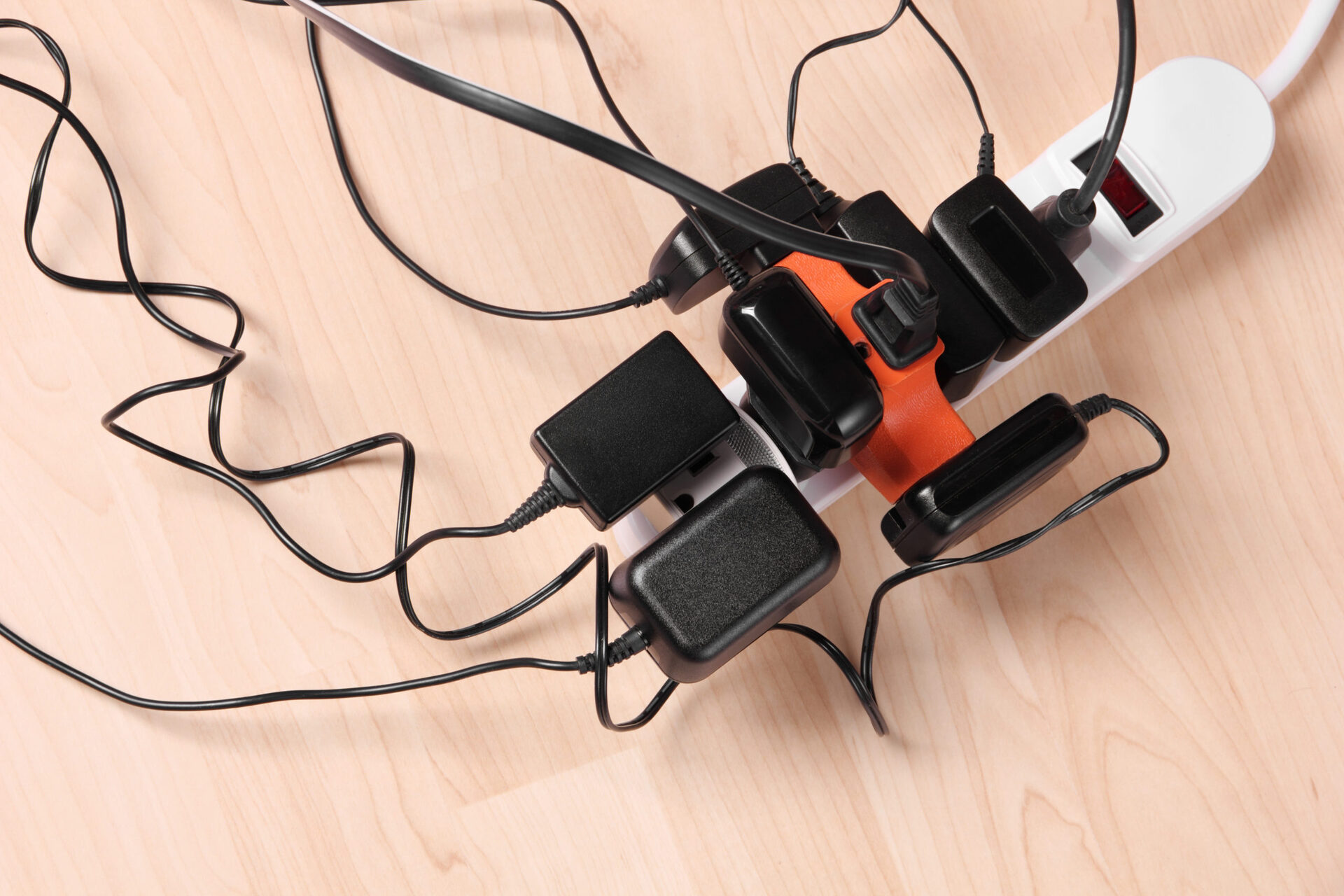

0 thoughts on “How To Find Electrical Wire In Wall”